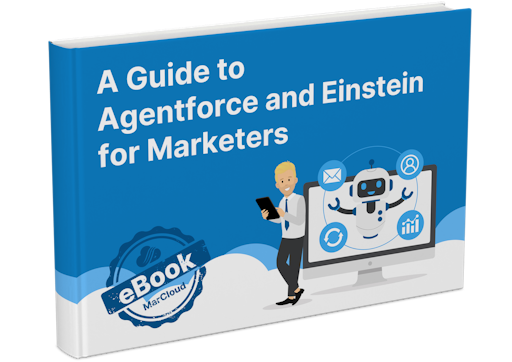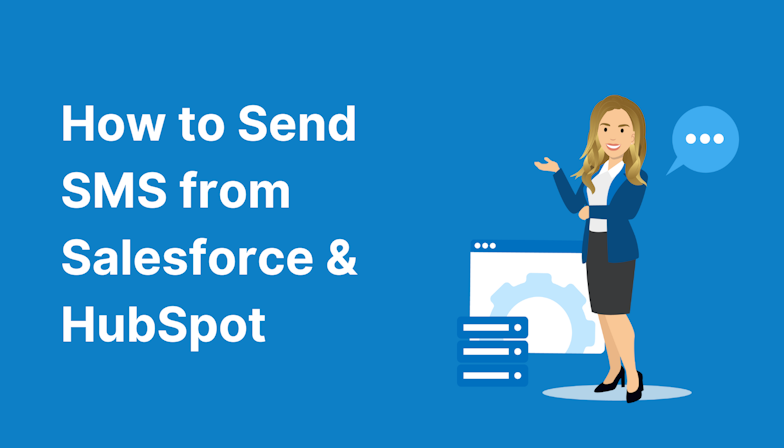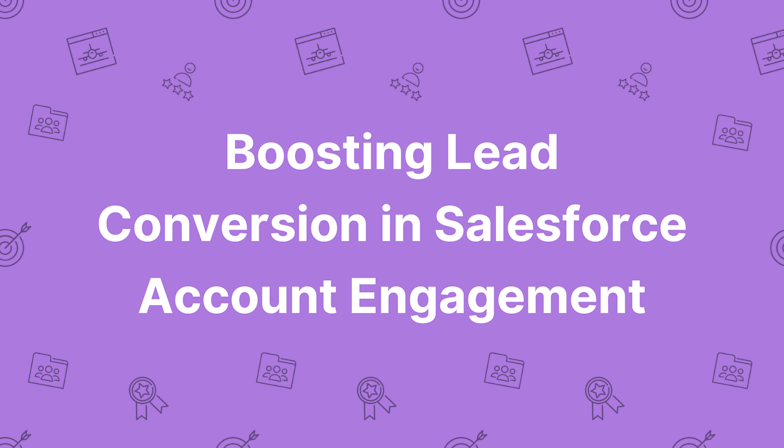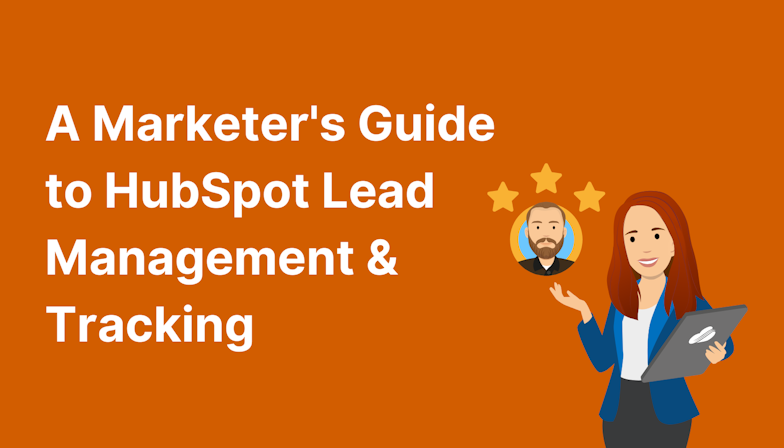Once you know where, why, and how you want to use Agentforce for Marketing Cloud, half the hard work is done. Before you leap straight into the tools though, you need to prepare your existing accounts as best you can.
Create a project timeline
Firstly, create a project timeline showing the phases of your Agentforce roadmap. This could be a simple calendar running the space of six months, that shows at a glance what your Agentforce focus will be and which goal(s) it aligns with.
Assign responsibilities
It should also designate responsibilities - who in your internal team needs to be involved and who is responsible for signing off on AI tactics before they go live? Depending on the size of your business, you might have a single person handling it all, or a team sharing the workload; writing campaign briefs and perfecting your brand guidelines. Either way, be clear about who is both involved and accountable.
Lay account foundations
Lastly, your adoption roadmap should list any pre-requisites for getting the most out of your new AI capabilities. For example, you can use Agentforce in Marketing Cloud without also using Data Cloud. However, the possibilities with Data Cloud and Marketing Cloud combined are huge, so it’s worthwhile looking into your data storage and management for better results.
When it comes to things like AI-powered lead scoring, you’ll want at least the foundations of scoring in place based on what you already know about your audience. Naturally, Agentforce will learn and provide insights on this scoring setup over time, working with you to improve.
Doing a roadmapping exercise can highlight additional tasks that will set you up for success, and these might seem like yet another to-do on your list. What you don’t want, is to completely stall Agentforce adoption and get left behind whilst your competitors reap the benefits.
That’s where a Salesforce Partner can help.





